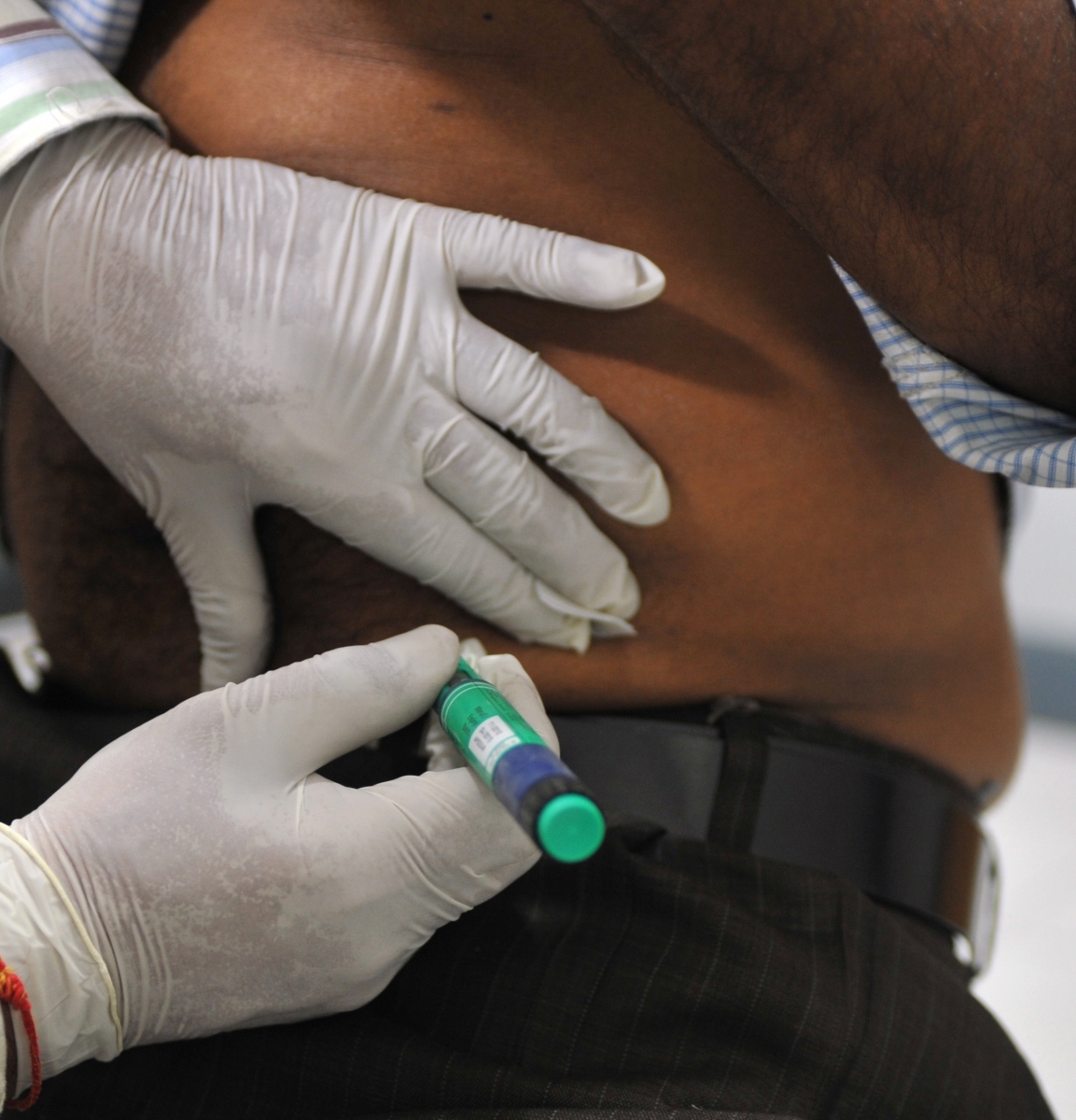End of diabetes? Ground-breaking treatment discovered using stem cells
A ground-breaking treatment involving human stem cells will give those suffering from Type 1 diabetes hope for the future. Scientists have discovered how to morph embryonic stem cells into making and releasing insulin, a hormone that allows us to get energy from food. The Harvard-led team said they were able to create an unlimited supply of pancreatic cells in mice by injecting stem cells, transformed into the insulin-producing cells, into them. It took the team 15 years to finally be successful in their experiments.
In the study, published this week in the journal Cell, the team revealed that after the procedure the animals produced insulin on their own for months.
Yahoo Canada News reports
The major stumbling block left to hurdle is to ensure the body does not reject the stem cells when injected. The team said it was working to use protective coating around the cells. When kept in laboratories, stem cells remain undifferentiated, but when they are allowed to clump together, they begin to naturally morph into blood, muscle, or nerve cells. By controlling their environment, scientists are able to morph the cells into the specific types that they need. Stem cell research may also be able to cure vision loss, Parkinson’s disease, and traumatic spinal injuries. If all goes well, the treatment should be available for human testing in about three years.

Health diabetes